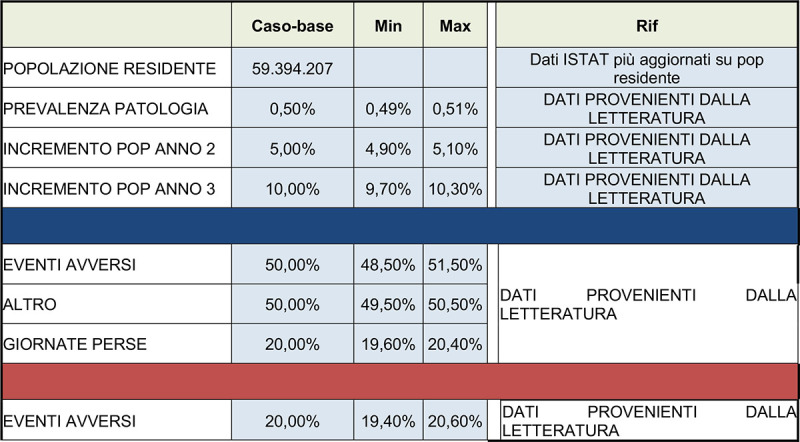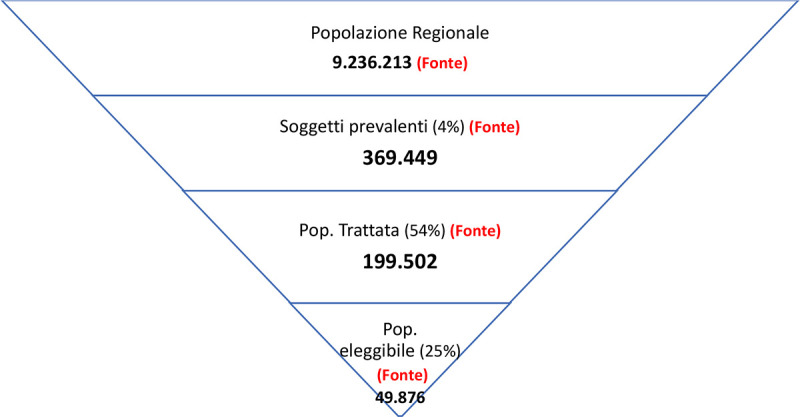在区域一级发展预算影响模型的良好做法。
IF 0.5
Q4 HEALTH CARE SCIENCES & SERVICES
引用次数: 0
摘要
本文章由计算机程序翻译,如有差异,请以英文原文为准。


Buone pratiche per lo sviluppo dei modelli di budget impact a livello regionale.
Good practices for the development of budget impact models at regional level Introduction: The present work aims to discuss the current scenario of procedures and regulations regarding budget impact analysis/models (BIA/BIM) at regional level in Italy and to provide a standardized approach and detailed recommendations for developing these analyses. Method: A systematic review of the literature was conducted in order to collect existing guidelines or specific regional procedures for budget impact analysis in Italy. All the records were analysed in qualitative terms according to a pre-specified analytical framework, based on the ISPOR BIA guidelines. At the end of the analysis, a consensus questionnaire was developed to establish agreed approaches and to provide possible solutions to any critical issues. A list of 39 statements was developed. The survey was distributed to 69 experts who rated their level of agreement with each statement on a 5-point Likert scale. Consensus was predefined as more than 66% of the panel agreeing/disagreeing with any given statement. Results: Sisty-nine experts answered the questionnaire; a total of 30/39 statements achieved consensus. There was agreement on most of the statements. Time horizon to consider and costs were the issues on which no agreement was found. The results allowed the working group to define a list of good practices. Conclusion: While the structure and development of BIM are now well-known and well-applied at national level, there remains a great diversity of management of BIM tools at regional level. Consensus was reached among participating experts, as to the main characteristics, determinants and features of regional BIA/BIM in the perspective of the Italian payer.
求助全文
通过发布文献求助,成功后即可免费获取论文全文。
去求助
来源期刊

Global & Regional Health Technology Assessment
HEALTH CARE SCIENCES & SERVICES-
CiteScore
0.80
自引率
20.00%
发文量
27
审稿时长
8 weeks
期刊介绍:
Global & Regional Health Technology Assessment (GRHTA) is a peer-reviewed, open access journal which aims to promote health technology assessment and economic evaluation, enabling choices among alternative therapeutical paths or procedures with different clinical and economic outcomes. GRHTA is a unique journal having three different editorial boards who focus on their respective geographical expertise.
 求助内容:
求助内容: 应助结果提醒方式:
应助结果提醒方式:


